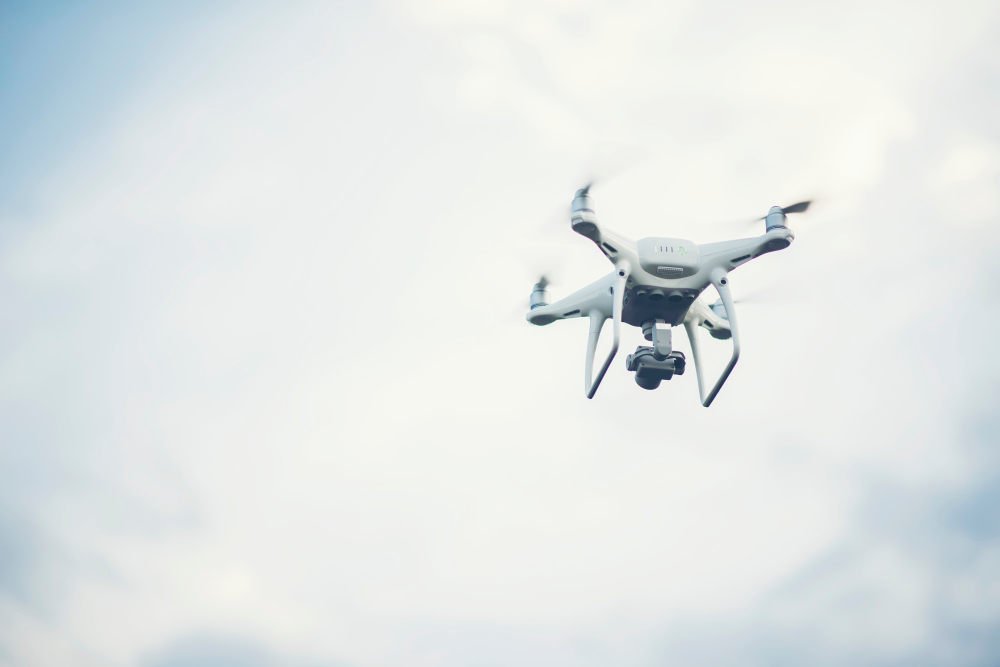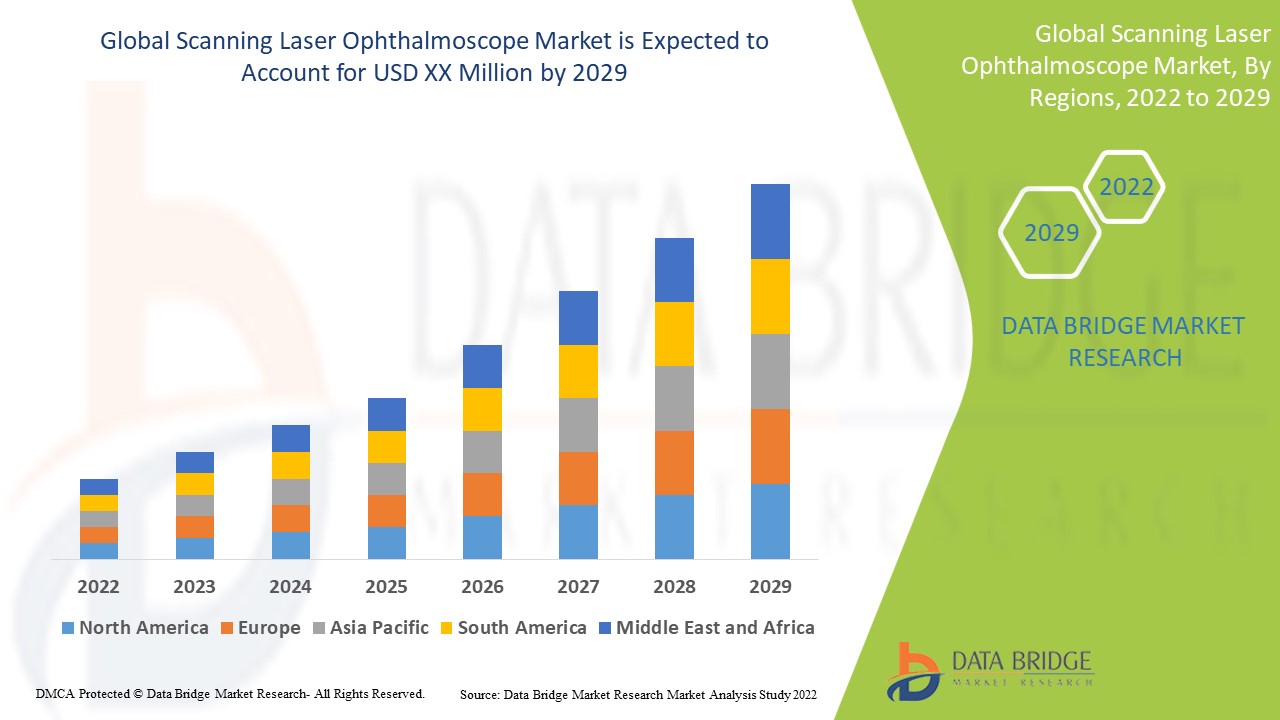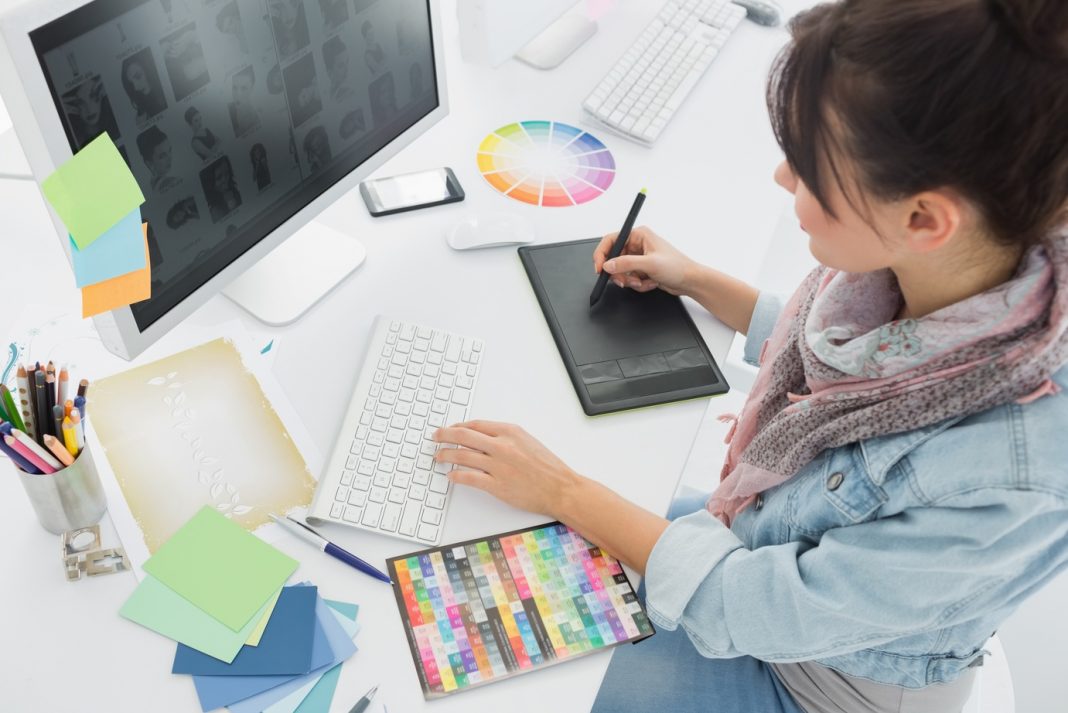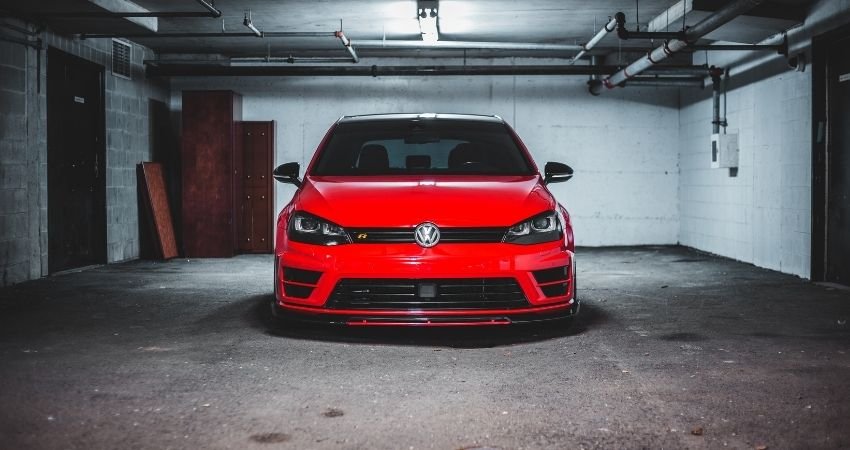2D and 3D Unite The Animation Revolution You Cant Ignore

For years, 2D and 3D animation have followed parallel paths—each with its own fans, tools, and creative philosophies. But that wall’s coming down fast. Studios, creators, and even indie artists are now blurring the lines between dimensions to create something richer, more dynamic, and visually compelling. Hybrid animation, where 2D and 3D techniques collide and collaborate, isn’t just a passing experiment. It’s shaping up to be the dominant style of the next generation.
The Creative Case for Hybrid Animation
Let’s start with what makes hybrid animation so exciting: storytelling range. 2D brings emotional warmth, stylized charm, and fluid linework. 3D offers depth, realism, dynamic lighting, and camera movements that mimic live action. Together? You get a toolbox that’s practically limitless.
Think of Spider-Man: Into the Spider-Verse. The film didn’t just blend 2D textures and line art over 3D models—it shattered traditional animation rules and came out with an Oscar. It proved you don’t have to choose between style and dimension. You can have both, if you’re willing to innovate.
This isn’t just about aesthetics. Hybrid animation allows creators to shift tone, highlight key narrative moments, or push visual metaphors. When a film transitions from 3D-rendered scenes to 2D dream sequences or memory flashes, the emotional contrast hits harder. This flexibility isn’t just useful—it’s powerful.
Studios Are All In
Major players are already investing big in hybrid formats. Netflix, Disney, Sony, and independent studios alike are exploring 2D-3D pipelines. The recent Netflix show Arcane is a prime example. Its art style blends painterly 2D environments with 3D character rigs and dynamic FX, giving the show a video-game-meets-comic-book aesthetic that feels fresh and immersive.
Even traditional anime studios in Japan—long-time champions of 2D—are leaning in. MAPPA, Studio Orange, and Ufotable have been integrating 3D modeling into battle scenes, architecture, and camera paths, while keeping the signature hand-drawn look.
The shift isn’t just a creative choice. It’s practical. Hybrid animation can cut costs, speed up production, and allow for faster revisions. Instead of drawing every frame by hand, studios can animate in 3D and overlay 2D lines for style. This saves time without compromising visual quality.
The Role of Real-Time Engines and AI
Here’s what’s accelerating this trend: tech. Real-time engines like Unreal and Unity are being used for animated content more than ever. They allow for faster rendering and easier blending of 2D assets within 3D spaces.
At the same time, AI tools are making it easier to automate tasks like inbetweening, rotoscoping, and cleanup. For example, Adobe’s AI-driven tools now help artists stylize 3D renders into flat, comic-like imagery. What once took a week now takes hours.
These advances let artists experiment more. You can iterate quickly, test new styles, and even merge VR workflows with traditional pipelines. And it’s opening the door for creators outside the mainstream—animators who want to break in without Pixar-level budgets.
Not Just for Films Anymore
Hybrid animation isn’t staying inside movie theaters or Netflix menus. It’s taking over games, web series, advertising, and even educational media. Apple’s recent product launches used slick 3D product renders wrapped in flat vector art. Brands are waking up to the fact that hybrid styles grab attention and leave a mark.
In gaming, titles like Cuphead reverse-engineered the concept—creating a game that looks like 1930s 2D animation but plays in real-time 3D. Meanwhile, Genshin Impact uses anime-style shaders over 3D characters to deliver a hybrid look that fans can’t get enough of.
On YouTube and Instagram, hybrid animation is trending in explainer videos, creator reels, and VFX breakdowns. Why? It’s unique, it pops, and it breaks the sameness that plagues templated content.
What This Means for Animators
If you’re an animator today, sticking to just 2D or just 3D might limit your opportunities. Studios are looking for artists who can cross-train. You don’t need to master everything—but understanding how one style supports the other is becoming essential.
This shift is also reflected in how animation education is evolving. Curricula are now integrating both 2D and 3D from the start. Students are expected to understand not just how to model or rig, but how to match lighting styles between 3D characters and painted backgrounds. Or how to create expressive 2D facial animation layered over a 3D body.
In Bengaluru, this evolution is gaining momentum. As one of India's fastest-growing animation and design hubs, the city is home to an expanding community of artists and educators embracing the hybrid model. More students are enrolling in training programs that cover both traditional and digital techniques, and there’s rising demand for a good 2D Animation course in Bengaluru that balances theory with cross-platform execution.
What’s New: Recent Push from AI and Tech Giants
The second half of 2025 has seen a fresh wave of hybrid animation projects fueled by AI-assisted compositing. Adobe, Blender, and Toon Boom have introduced upgrades allowing smoother interchange between vector art and 3D scenes. In July, Adobe’s Firefly updates made it easier to stylize renders using custom prompts, allowing hybrid animation to adopt a painterly finish instantly.
Meanwhile, Epic Games announced a new grant for indie animators experimenting with hybrid styles using Unreal Engine 5. This is a big deal—because it’s not just about what’s possible anymore, it’s about who gets access to it.
The democratization of hybrid workflows means animators with laptops, not just production houses with server farms, can enter the ring. That’s game-changing.
Final Thought: Adaptation Is the Future
Hybrid animation isn’t a gimmick—it’s the next step. As audiences expect richer, more textured visual stories, animators who can think across dimensions will be the ones who lead.
The tools are here. The demand is growing. And the barrier to entry is getting lower by the day.
If you're in India and looking to explore this shift, especially in cities seeing strong creative growth, it's worth checking out a best animation course that also covers hybrid techniques. It’s not about choosing sides anymore—it’s about knowing how to blend both to create something unforgettable.

DJI vs Competitors Why Professionals Trust DJI
- Discover why professionals in Pakistan trust DJI drones for superior quality performance and innovation Shop trusted gear at XcessoriesHub

Scanning Laser Ophthalmoscope Market Advancing Retinal Imaging and Ophthalmic Diagnostics
- Data Bridge Market Research analyses that the scanning laser ophthalmoscope market which is expected to undergo a healthy CAGR during

Why Every VFX Student Needs to Understand Virtual Production in 2025
- Chennai already known for its contributions to the Indian film and animation industry is swiftly adapting to the demands of virtual production

Tout ce que vous devez savoir avant dacheter une Volkswagen doccasion en France
- Trouvez toutes les infos essentielles pour acheter une Volkswagen doccasion en France en toute confiance grâce à notre guide complet